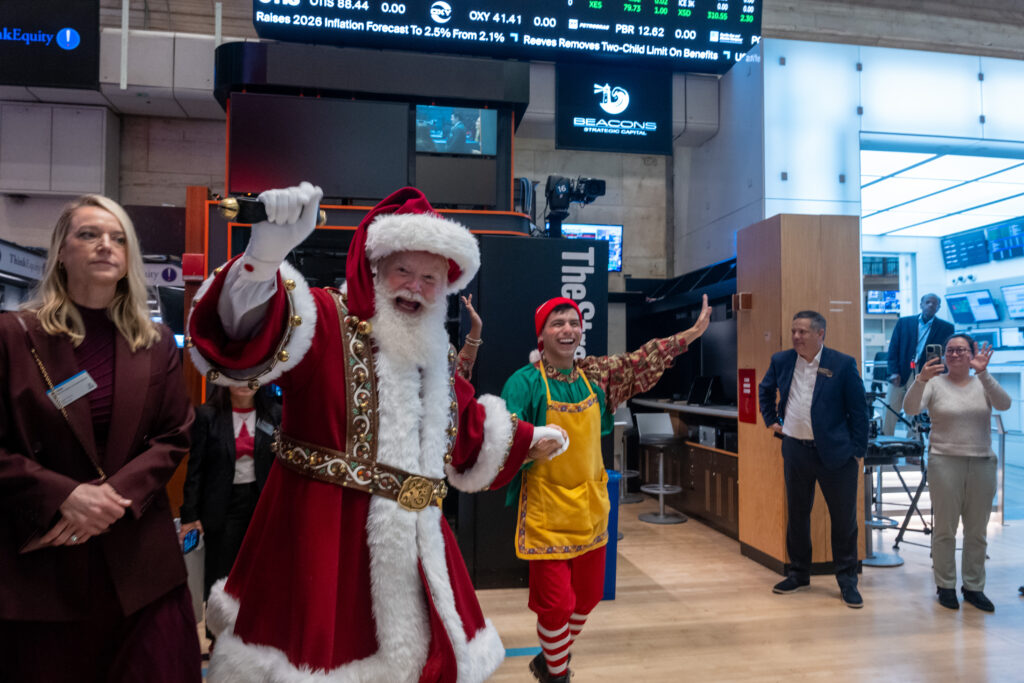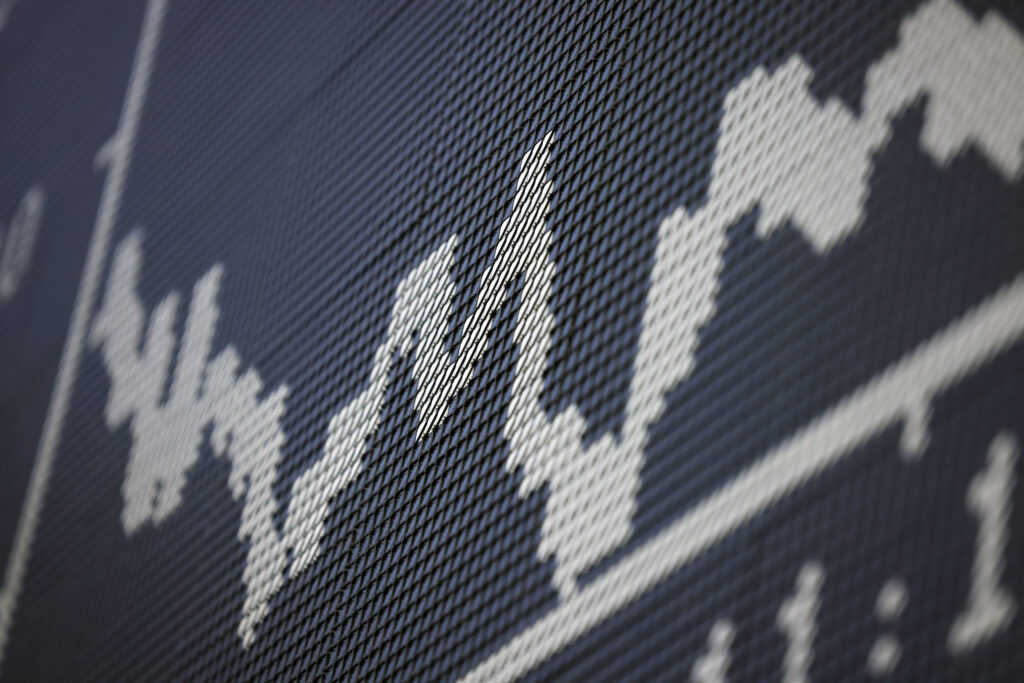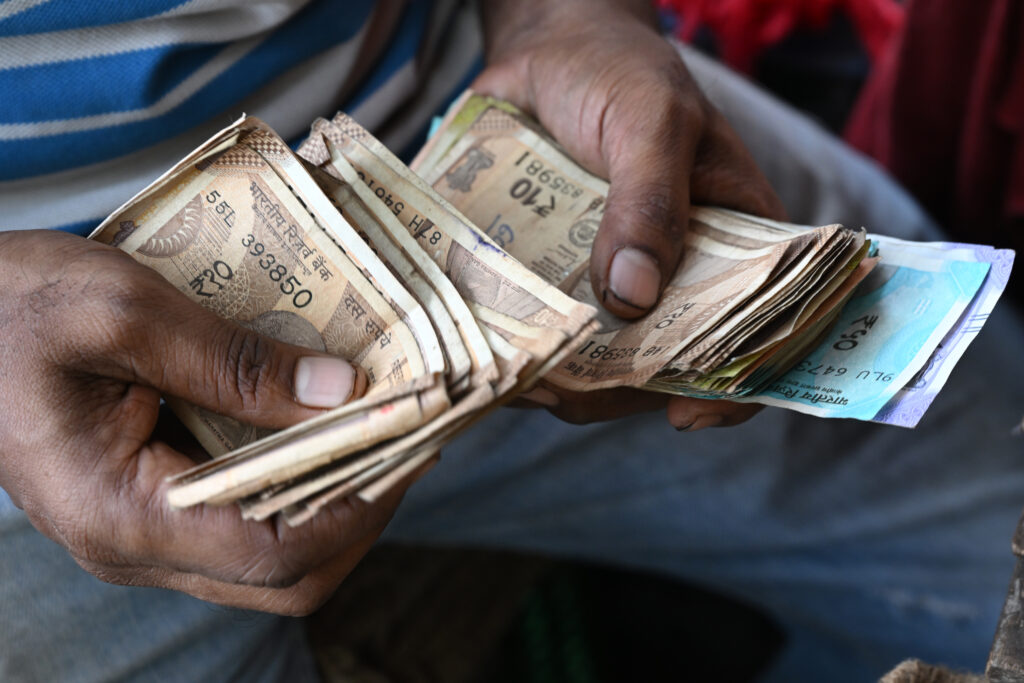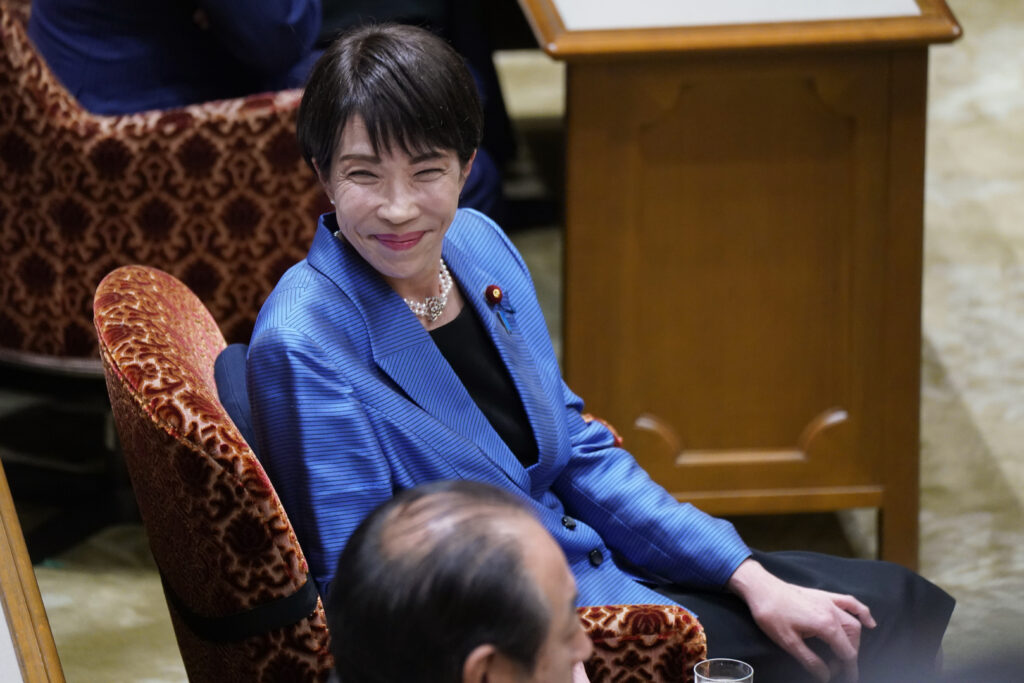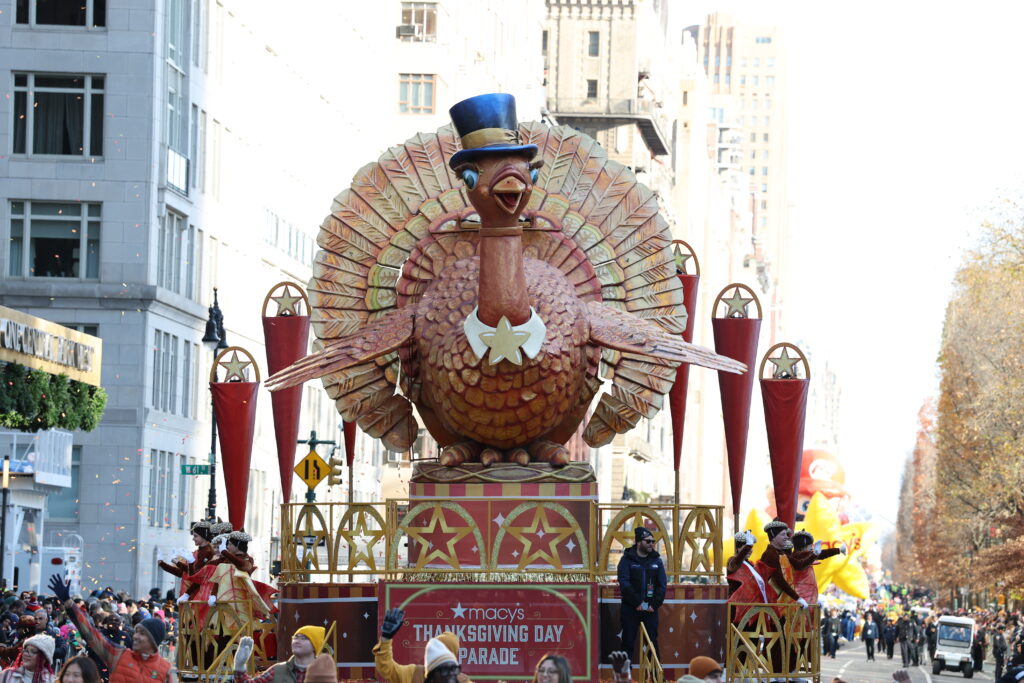Air travel disrupted over Airbus A320 software switch
More airlines around the world announced delayed or cancelled flights Saturday following an Airbus alert that up to 6,000 A320 aircraft may require upgrades.Airbus instructed its clients Friday to take “immediate precautionary action” after evaluating a technical malfunction on board a JetBlue flight in October.”Intense solar radiation may corrupt data critical to the functioning of flight controls,” it said, adding that “a significant number of A320 Family aircraft currently in-service” may be affected.Replacing the software will take “a few hours” on most planes but for some 1,000 aircraft, the process “will take weeks”, a source close to the issue told AFP.Air France told AFP it was calculating how many more flights would be cancelled Saturday.”Customers affected by cancellations are being notified individually by SMS and email,” a spokesperson said Friday.It cancelled 35 flights on Friday, while Colombian airline Avianca said 70 percent of its fleet had been impacted by a technical issue in the European plane-maker’s software.The European Union Aviation Safety Agency (EASA) said in a statement that Airbus had informed it about the issue.”These measures may cause short-term disruption to flight schedules and therefore inconvenience to passengers,” EASA said, adding that “safety is paramount”.- Emergency landing -Aerospace and defence giant Thales told AFP that it makes the flight control computer, which it said was “fully compliant with the technical specifications issued by Airbus” and certified by the EASA and its US equivalent, the FAA.But it added: “The functionality in question is supported by software that is not under Thales’ responsibility.”The Airbus statement did not specify which company had designed the software.”Airbus acknowledges these recommendations will lead to operational disruptions to passengers and customers,” it said, apologising for the inconvenience.On October 30, a JetBlue-operated A320 aircraft encountered an in-flight control issue due to a computer malfunction.The plane suddenly nosedived as it travelled between Cancun in Mexico and Newark in the United States, and pilots had to land in Tampa, Florida.US media quoted local firefighters saying that some passengers were injured.Contacted by AFP, JetBlue did not comment on the incident but said it had already begun necessary changes on some A320 and A321 models.Its competitor, American Airlines, said it had already begun updating software following Friday’s alert, and expected “the vast majority” of approximately 340 affected aircraft to be serviced by Saturday. “Several delays” would occur as a result, it added.After initially saying it had not been affected, its competitor United Airlines said it had identified six affected aircraft and said it expected minor disruptions on a few flights.Delta Air Lines said it expected to have made the necessary updates by Saturday morning.Air India warned Saturday of delays, while an Avianca statement warned of “significant disruptions over the next 10 days”.In the Philippines, local carriers Philippine Airlines and Cebu Pacific were offering refunds or rebooked tickets after grounding at least 40 domestic flights on Saturday.Produced since 1988, the A320 is the world’s best-selling aeroplane. Airbus sold 12,257 of the aircraft by the end of September compared with the sale of 12,254 Boeing 737s.

